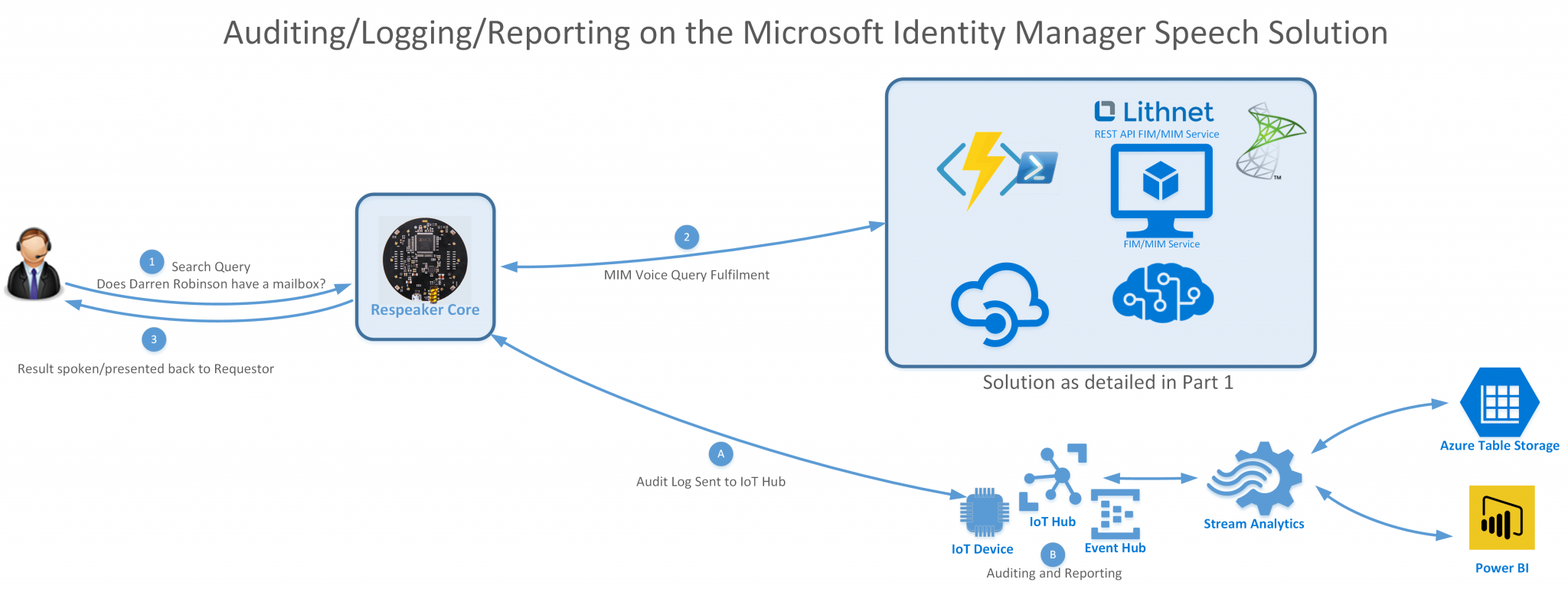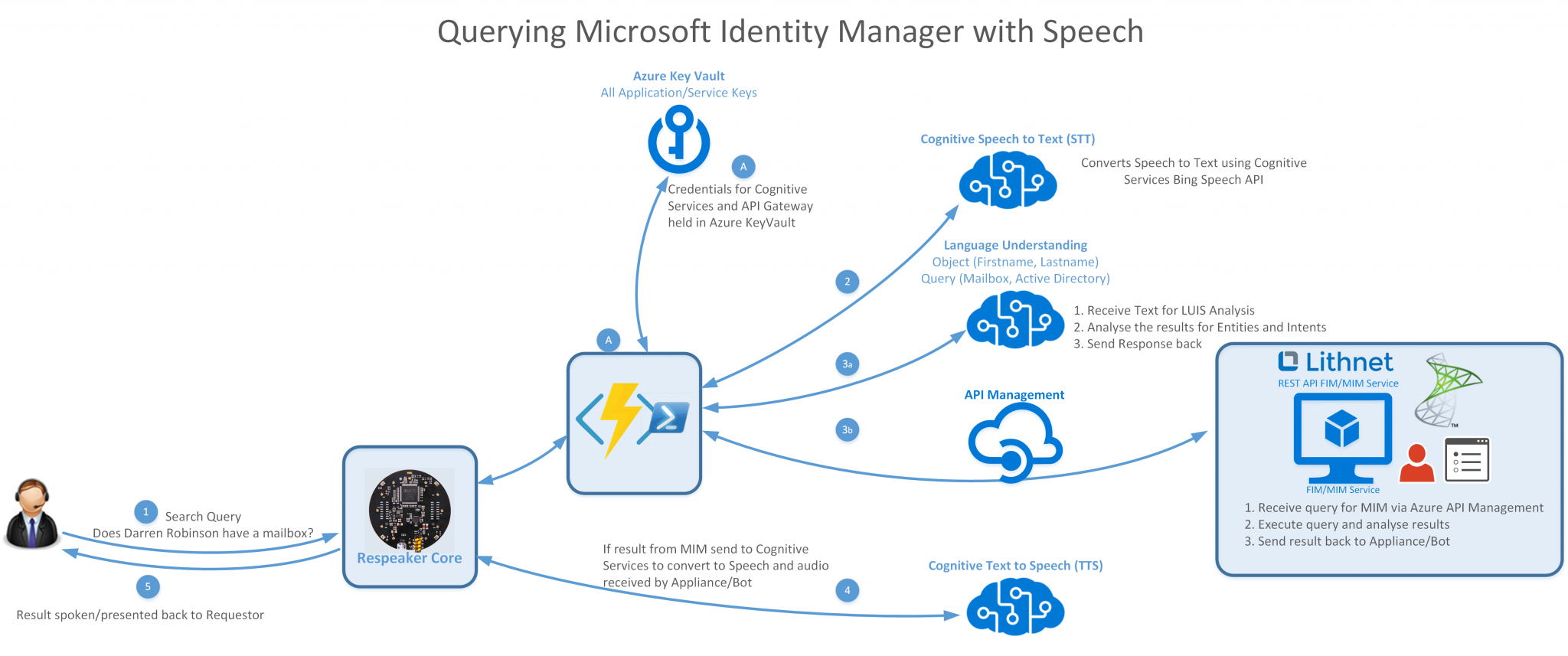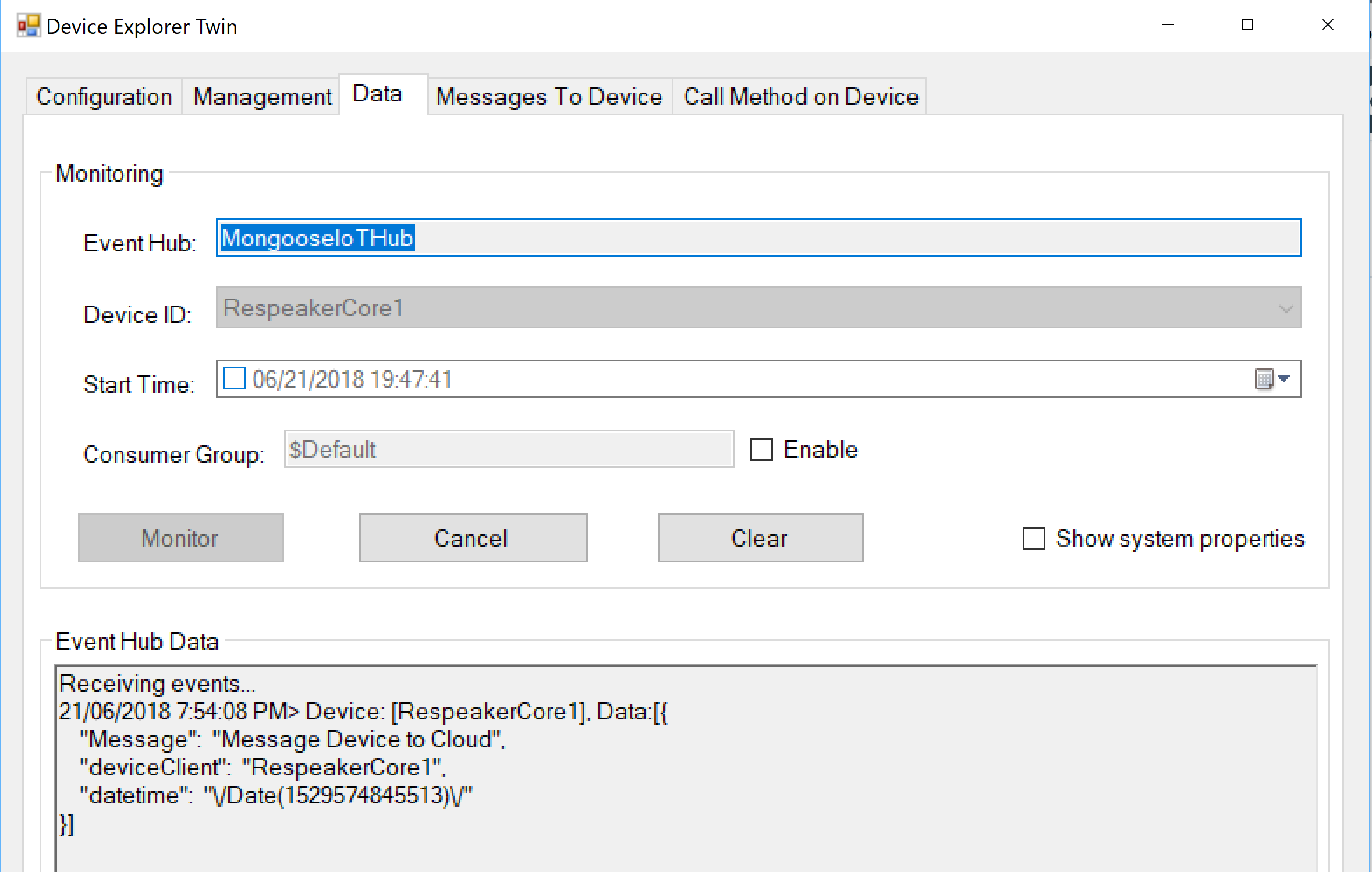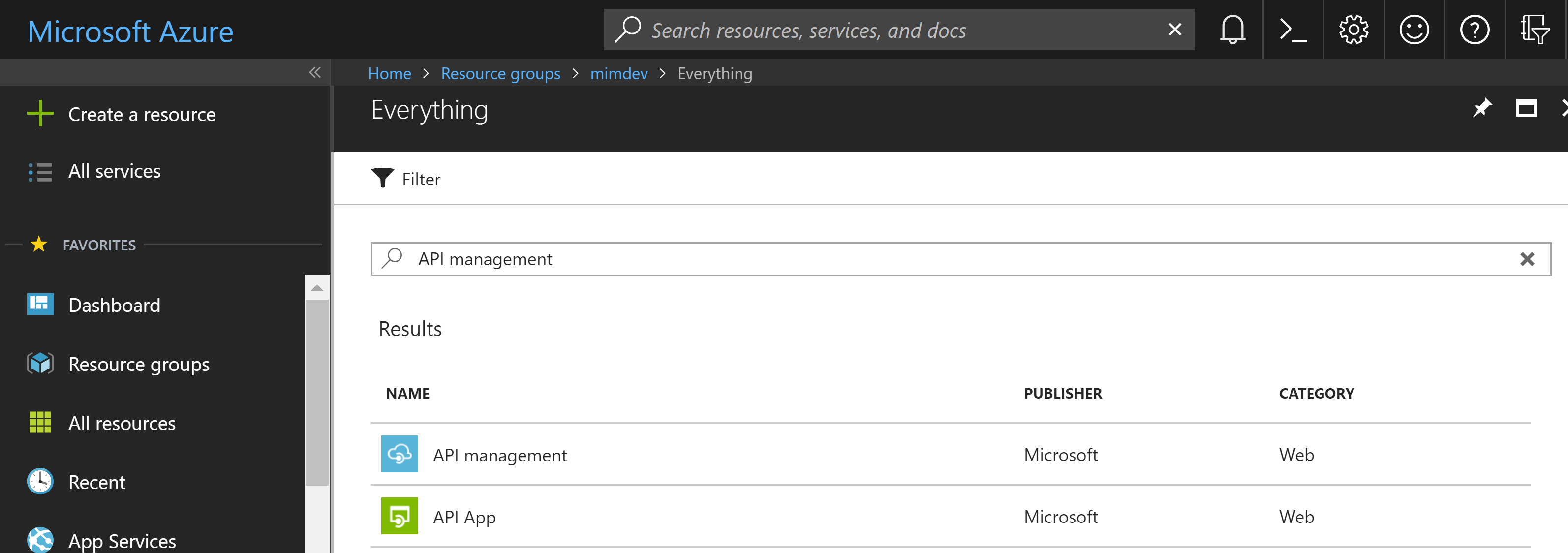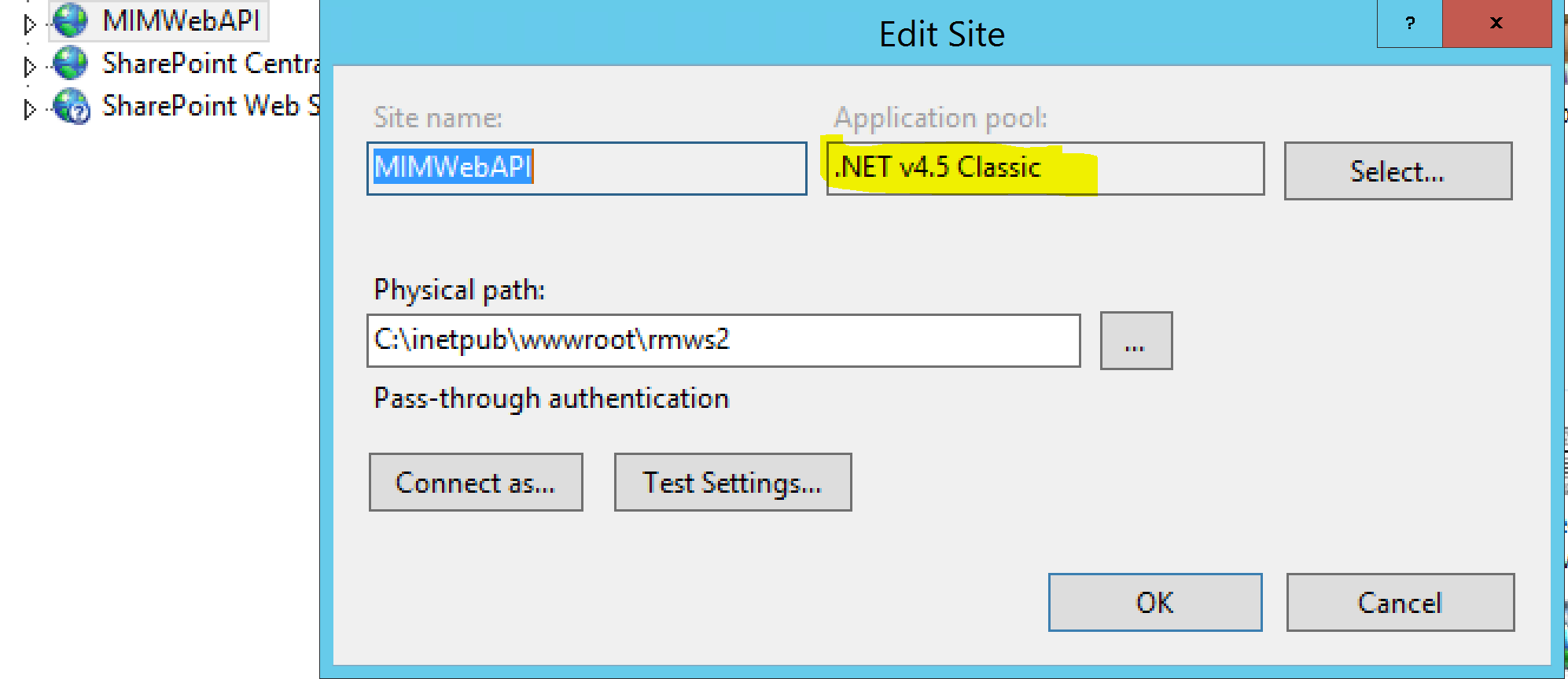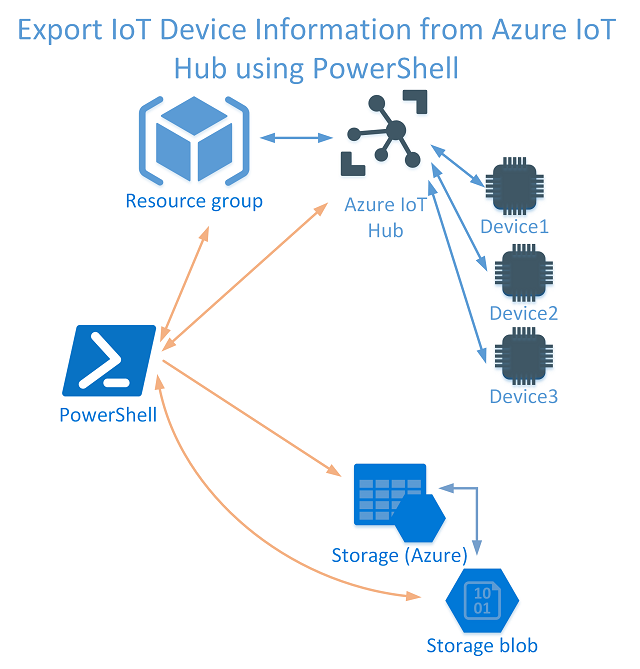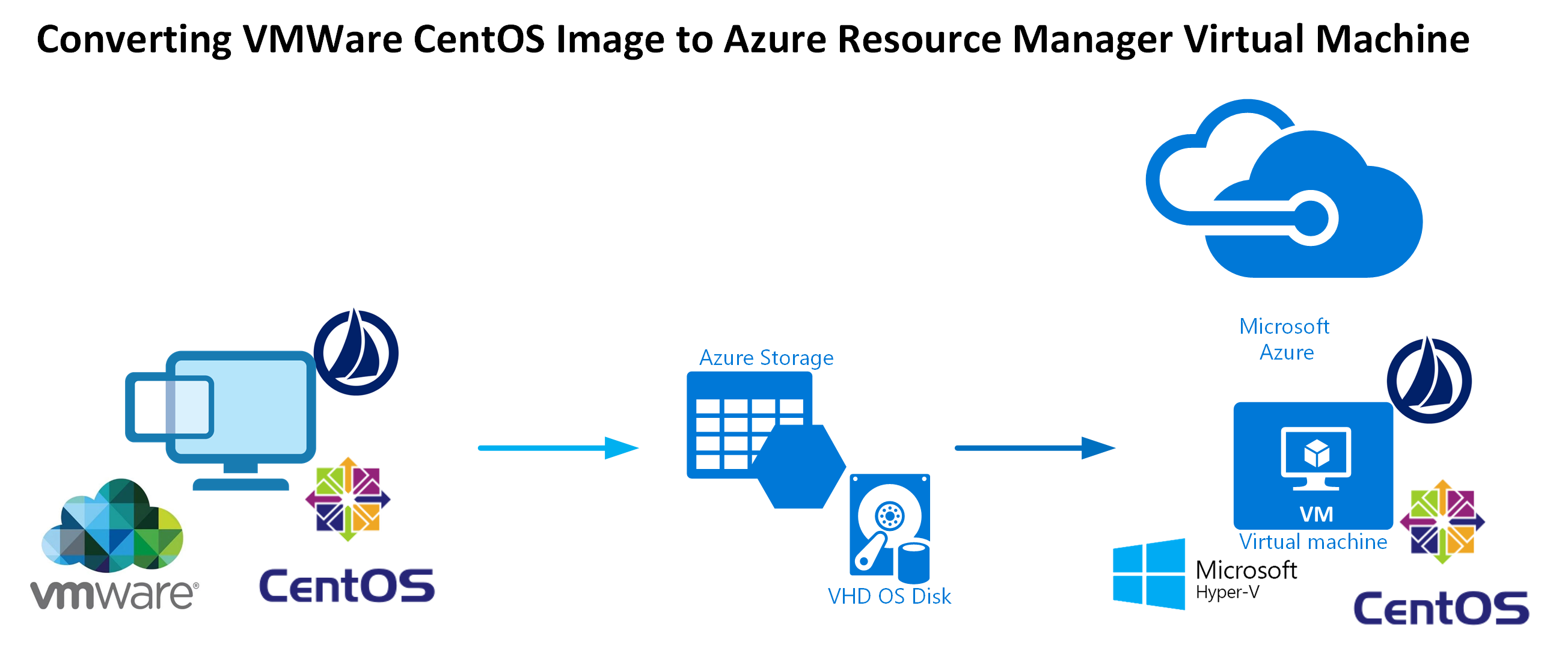A Voice Assistant for Microsoft Identity Manager
This is the third and final post in my series around using your voice to query/search Microsoft Identity Manager or as I’m now calling it, the Voice Assistant for Microsoft Identity Manager.
The two previous posts in this series detail some of my steps and processes in developing and fleshing out this concept. The first post detailed the majority of the base functionality whilst the second post detailed the auditing and reporting aspects into Table Storage and Power BI.… [Keep reading] “A Voice Assistant for Microsoft Identity Manager”

